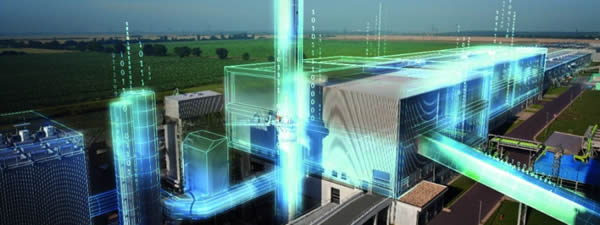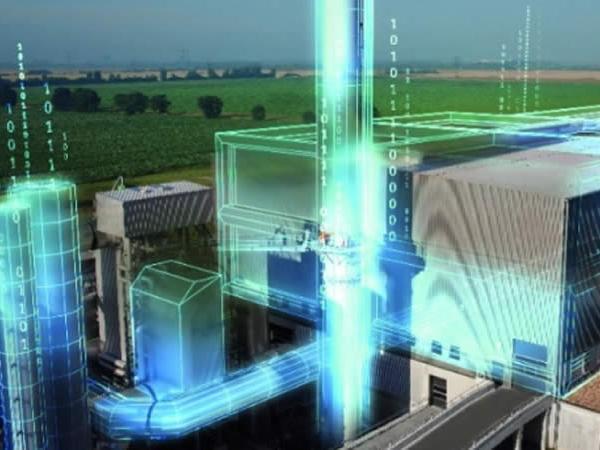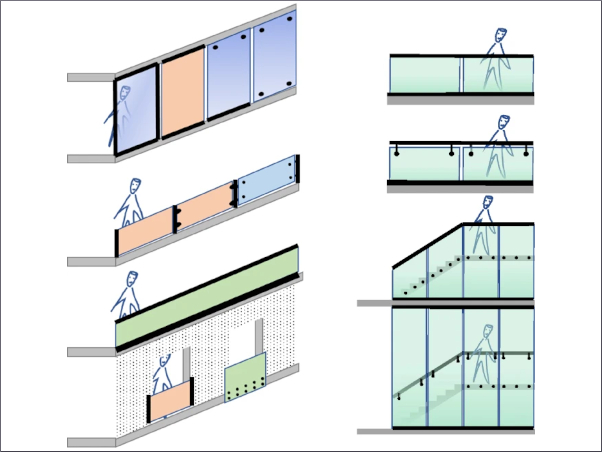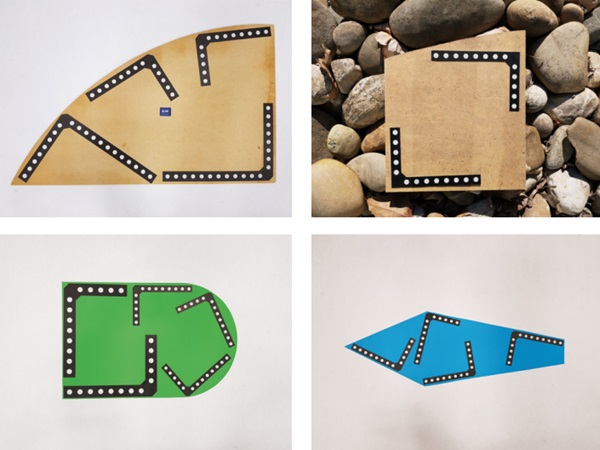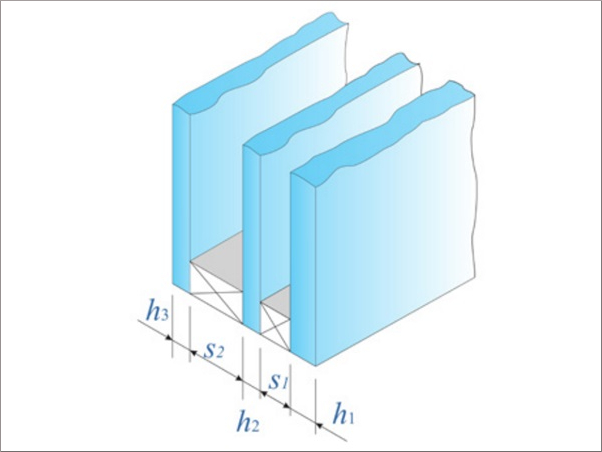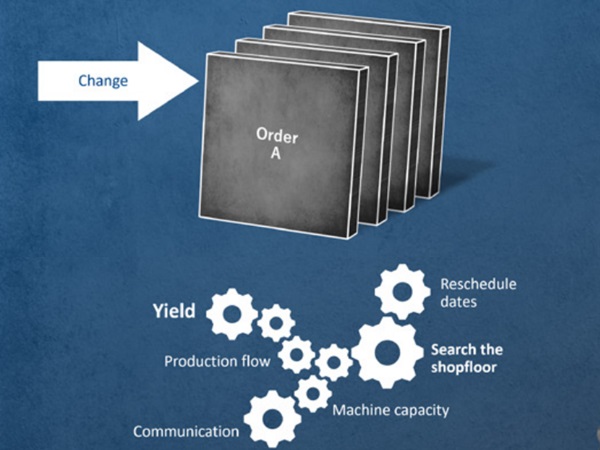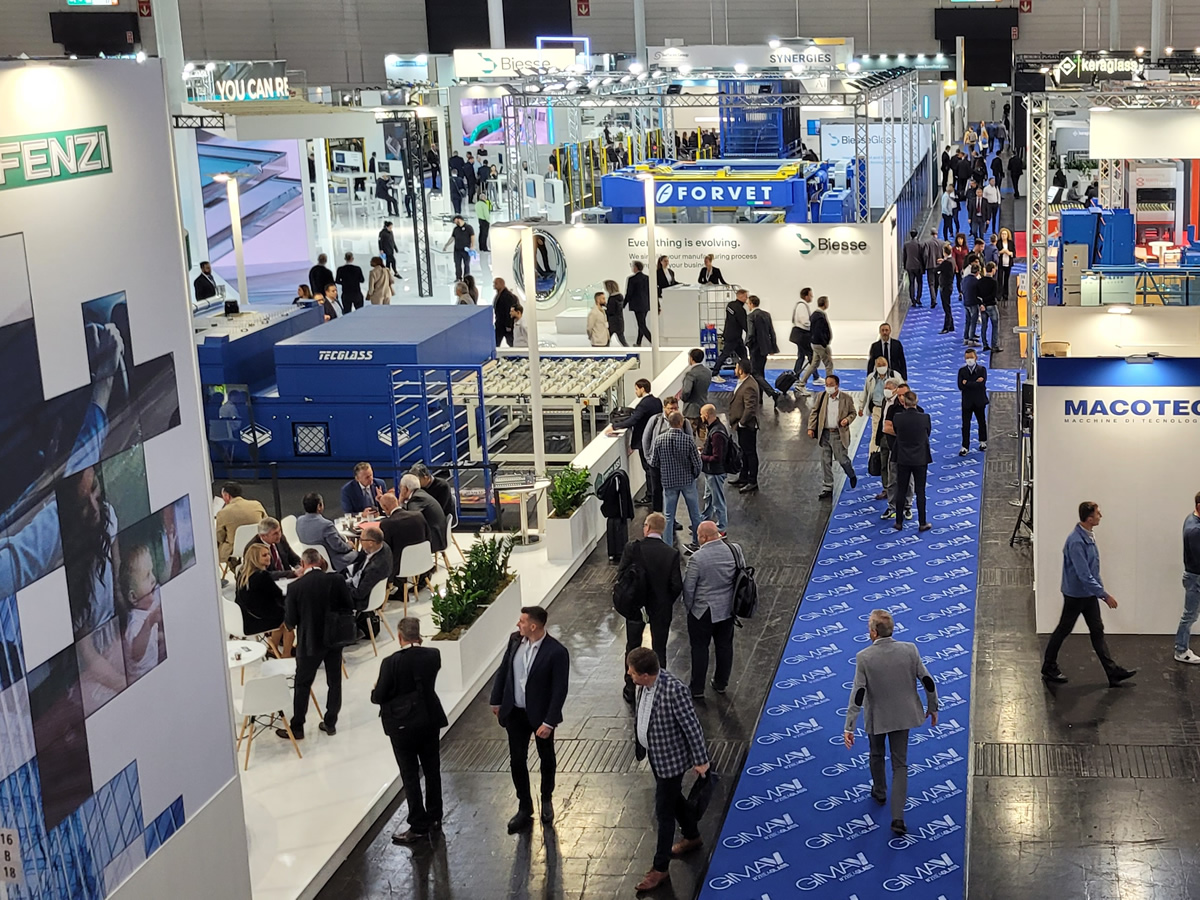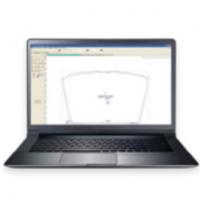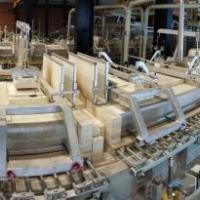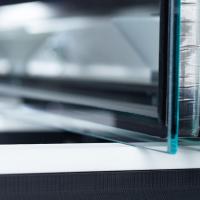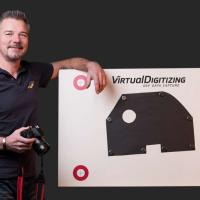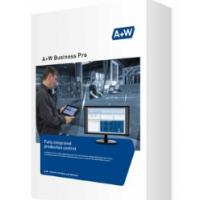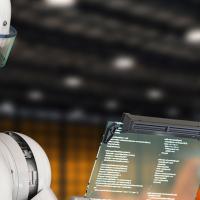As many plant operators know from their own experience, extensively automating a glass production plant promises sustainable success over the equipment’s entire lifecycle. Now the industry is facing its next major change in business direction.
If glassmakers are going to thrive in the world market, it is going to be more important to be able to generate, analyze, and utilize digital data from a vast range of sources.
Regardless of the level of automation, every glass plant and equipment supplier is generating and collecting digital data.
Until now, much of this information has been wasted. In order to optimize your plant, it is essential to assess all available data, combine it intelligently, and expand it using additional sensor equipment.
Ideally, to achieve a “digital plant,” a virtual representation of the plant section or the entire glass production plant – known as a “digital twin” – is built starting with the very first planning step.
The digital twin makes it possible to steadily increase productivity and efficiency throughout the plant’s lifecycle. There are many different scenarios that can be applied.
One thing is certain: Digitalization is the essential next step in glass manufacturing. Every company can profit from it, whether as an investor, glassmaker, equipment supplier, or systems integrator.
The focus should always stay on the people, and the core organizers who will decide how the new technologies will be applied and used.

"Digitalization can only go as far as people will go along with it."
Oliver Krapp, head of the glass business at Siemens
A vision of digitalized glass production
The production plant’s lifecycle can be subdivided into the following phases: product design, process and plant design, production system engineering and construction, operation, and services.
At a digital company, these phases are no longer treated as a chronologically arranged chain of processes, but instead as a value-added process that delivers many forms of feedback to all phases.
Data is gathered, transmitted, and analyzed at every phase – and that includes the relationships between the different phases.
At a digital company, all production steps and units are planned, tested, and modified with computer assistance. Long before the first glass melt, project designers develop a virtual reproduction of the plant.
This digital twin enables them to determine in virtual tests whether the production system will meet the necessary requirements.
The goal is to relieve the plant operator from going through the run-in phase for new equipment or product changes, so the plant can begin producing salable glass right from the start.
This digital approach extends throughout the entire lifecycle. First, the system – or even parts of it – can be “commissioned” in a simulated environment.
That makes it possible to remedy defects in the virtual system that would have involved unnecessary costs to correct in the physical system.
After start-up, it protects the plant operator from unpleasant surprises, and essentially rules out the risk of delayed commercial operation.
In addition to commissioning, the operations can be simulated digitally, and Asset Performance Management can help glassmakers derive real-time transparency about production processes.
That can extend the service life of the system components in a plant (assets), enhance the safety and availability of the plant as a whole, and help plan for necessary maintenance.
How does it look in practice today?
Today many software solutions are not yet mutually compatible. It is not uncommon for data sheets to be printed out and input manually into a different system – a complicated process that tends to be prone to error.
Glass plants also have a large number of different systems from plant section manufacturers with their own individual solutions for automation, drives, instrumentation, switching equipment, and more.
Digital production can’t work with these “island” solutions. One of the biggest challenges is digitally combining the product design, the associated production systems and processes, plant design, and the actual glass production process itself.
Siemens offers a portfolio of components. Its foundation is an integrated range of hardware, software, and services that make it possible to gather the vast quantities of data that the manufacturing process generates and put it to intelligent use – which makes it possible to digitalize the entire plant with an Integrated Engineering approach.
All data is available centrally and in real time. That means users can use the identical virtual image of a system that was generated in the engineering process to simulate commissioning, operation, and maintenance, and to optimize them in real time.
Other elements that support a plant’s successful transformation into a Digital Enterprise are industrial communications networks, industrial security solutions, and data-based services.
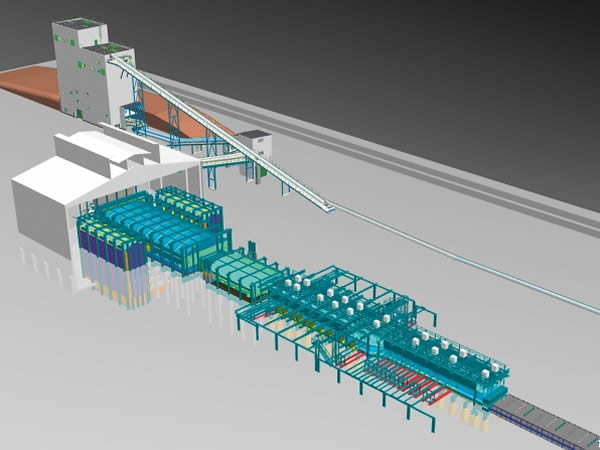
Actual implementation
All equipment supplier work with computer assistance, and they develop valuable data in the course of product and systems design. This data has been retained by the machine and plant manufacturer.
The plant operator usually begins with no previous data generated prior to production start, but a digital data transfer – taking all relevant security issues into account – is conceivable: When plant operators buy the plant section, they can also buy the data and use it for the production phase. This “flying start” could significantly shorten time to market.
Planning tools generate large volumes of data that image the plant while the entire plant is still in the planning phase. The plant is simulated and tested virtually, for example, using Simit software.
These findings can again be fully incorporated into the actual commissioning, enabling the plant operators to constantly expand their digital knowledge.
The Comos planning tool provides the data foundation throughout the equipment’s lifecycle and feeds data to the digital twin.
Analyzing the operating data in conjunction with data from commissioning and the design phase of the plant sections makes it possible to organize glass production more efficiently.
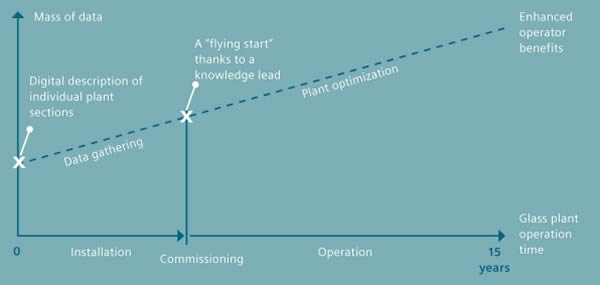
Step by step
As sensible and useful as digitalization is, it is difficult to fully implement it in an existing system overnight. It is more effective to take small steps that promise success in the short term.
It is conceivable that operators might choose one part of a system first, like the melting furnace. In a first step, they could use the digital data that the furnace sensors are already generating.
In a second step, they could record and analyze an additional temperature or a pressure, and in a third step, they could connect this additional process information to a controller.
Even if the additional temperature or pressure data is not crucial for the plant’s operation initially, it may help save energy or improve glass quality by maintaining constant temperature and pressure in the furnace.
A small intervention or investment can yield tangible success, and that is how the plant can be gradually digitalized.
These scenarios make it clear that the intelligent factory of the future will not only enable greater flexibility and productivity, but also provide more efficient use of energy and resource.
Operations in a virtually tested plant run smoothly, preventive maintenance averts downtime, and rejection rates drop. The possibilities are significant.
Analyzing digital data can also help plant operators adapt quickly to market requirements, and make the right strategic business decisions.
Product changes can be initiated at the right time, and be implemented quickly. For instance, a glassmaker can use Plant Simulation to simulate how different products can be produced most efficiently, or determine if there is value in manufacturing a new product in the existing plant.
Producers can respond appropriately depending on market demand. Thanks to digital production systems and production data, it is possible to implement customer change requests on short notice, under control, in a reproducible manner, with documentation of systems technology at the right place and time in the process.
"Digitalization starts when the first person in the chain works with a computer."
Oliver Krapp, head of the glass business at Siemens
New business models for OEMs
In specific terms, digitalization can mean that when plant operators buy from their equipment suppliers, they are not just buying the equipment but they are acquiring the associated planning and design data.
Customers may not buy individual process operations, but rather production performance. They run the machines or process units, but they don’t own them.
The use of leasing models is prevalent in many industries. What’s new is the potential for digitalization, which opens up new business models in the glass industry. In the future the story wouldn’t end with simply developing, making, and selling a furnace or cutter.
Instead, the product would only be the beginning of the business model, because the equipment supplier would equip the product with sensors that would continuously record data and transmit it back to the manufacturer.
Working in collaboration with the operator, manufacturers would gain deep insight into how plants operate. They can identify weak points and advise their customers accordingly.
Scenarios like these could be conceivable: billing for batch output instead of the batch-making equipment. Kilometers cut instead of the cutter.
Smelting power instead of smelters. In this last instance, the smelter manufacturer would guarantee that the plant operator gets the required smelting power at the agreed quality.
It can promise this because it can be certain from digital data and virtual tests that the furnace can be operated at optimal efficiency.
It is also conceivable that the furnace supplier might offer customers efficiency-enhancing upgrades. It can develop them because remote monitoring enables it to analyze data from the furnaces in operation, and see where there is potential for optimization.
An additional service might be to offer end customers remote control of the smelting process.
